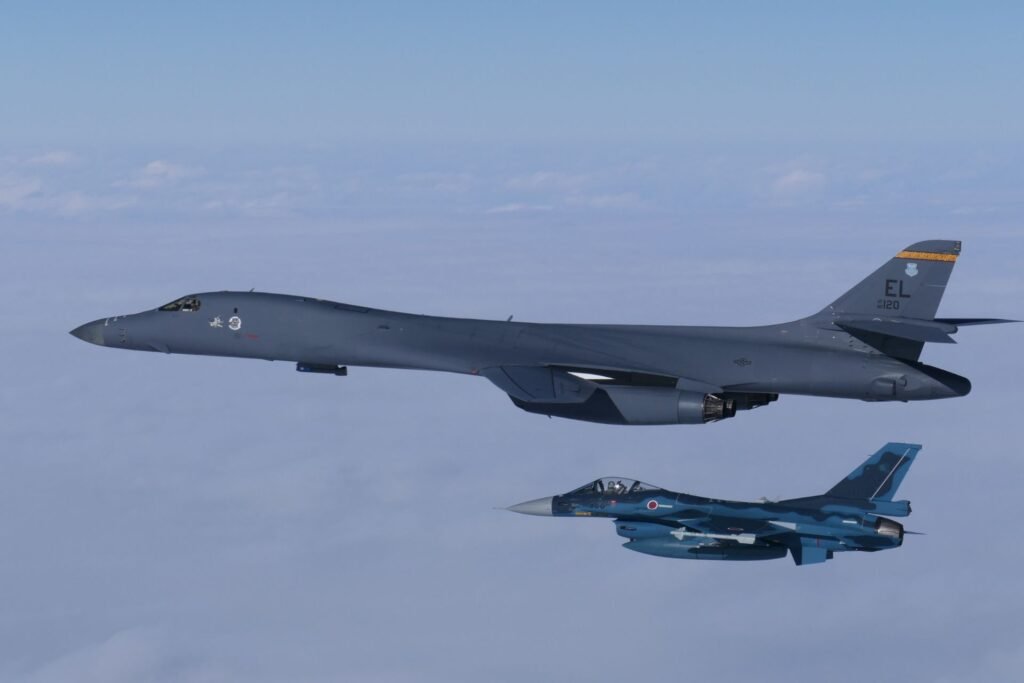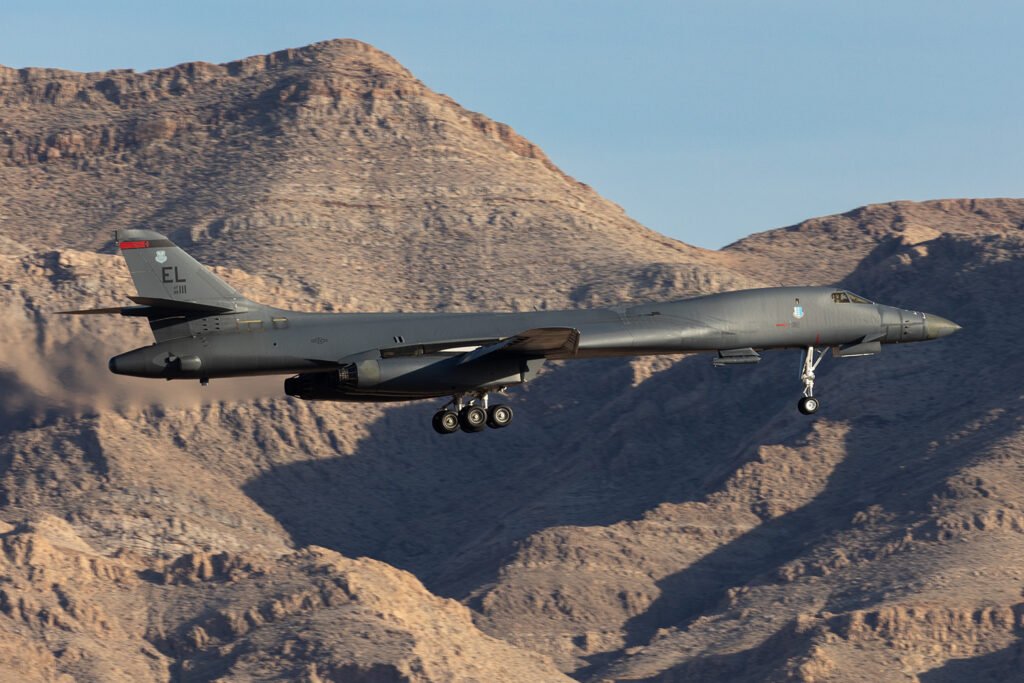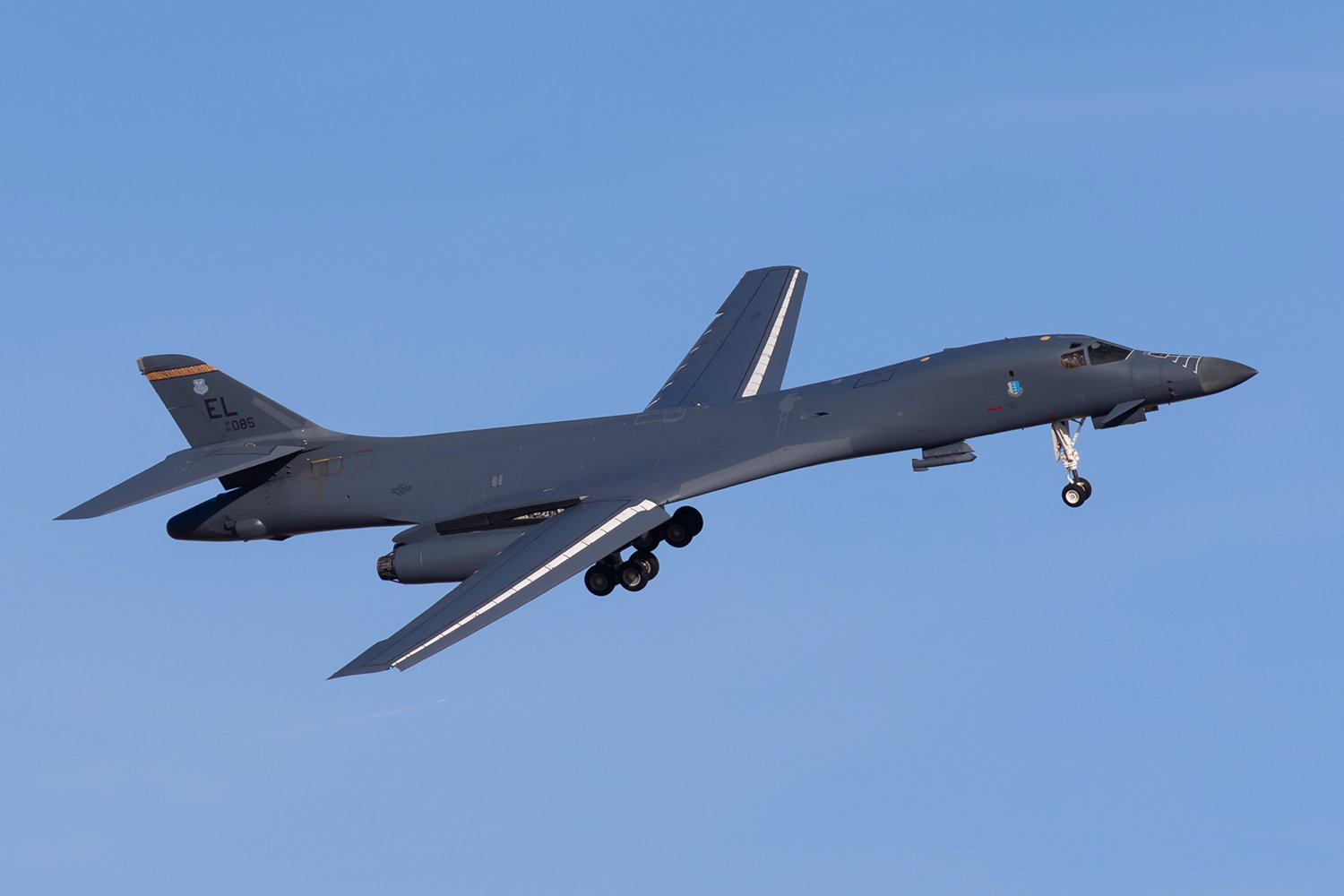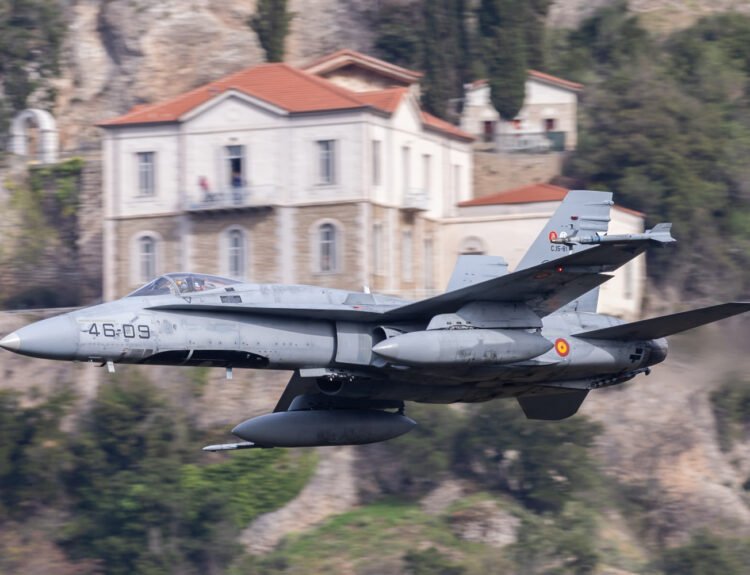The B-1Bs from the 9th Expeditionary Bomb Squadron departed Dyess Air Force Base in Texas and arrived in Misawa Air Base on 15th April, They conducted training with Republic of Korea Air Force fighters shortly after their arrival. The B-1Bs made their flight over the western Korean peninsula, with U.S. Air Force F-16s and ROKAF F-35s and F-16s as escorts. Two B-1s were the first in at Misawa, but more could rotate soon.
While this isn’t the first time that the United States Air Force has sent fighters outside of the United States to Japan, the United States Air Force has had a large presence in Japan since the close of World War II, and there has been a strong focus on deterrence and security in the Asian region.

In February, B-1s from the Bomber Task Force deployment to Guam landed at Misawa Air Base for hot-pit refueling, a practice of keeping the engines running while the ground crew refuels the aircraft. Sometimes the crews are also swapped out. The policy is helpful towards increased sortie rates and rapid refueling, rearming, and swapping out a fresh crew in fighter planes to get them back operational faster. Reducing aircraft to the ground also opens up the potential for catastrophic startup equipment malfunction. Thus, to keep particularly advanced planes operational and all systems up, it ensures increased assurance that the asset will stay in operation.
Bomber deployments are now taking place in Europe as well as the Indo-Pacific. The rotations have been done to Andersen Air Force Base, Guam; Royal Australian Air Force Base Amberley, Australia; and Naval Support Facility Diego Garcia, British Indian Ocean Territory. From these forward locations, flights have been operated over and around major hot spots and in exercises with allies.

From Misawa, the USAF assets could be sent on missions directed toward their major threats, such as the DPRK and Russia, proportionately closer to the disputed South China Sea or Taiwan Strait. All this is part of a greater plan to deter China. It is clear now that the U.S. military is seeking to establish more survivable, precision-strike networks along the so-called First Island Chain.







